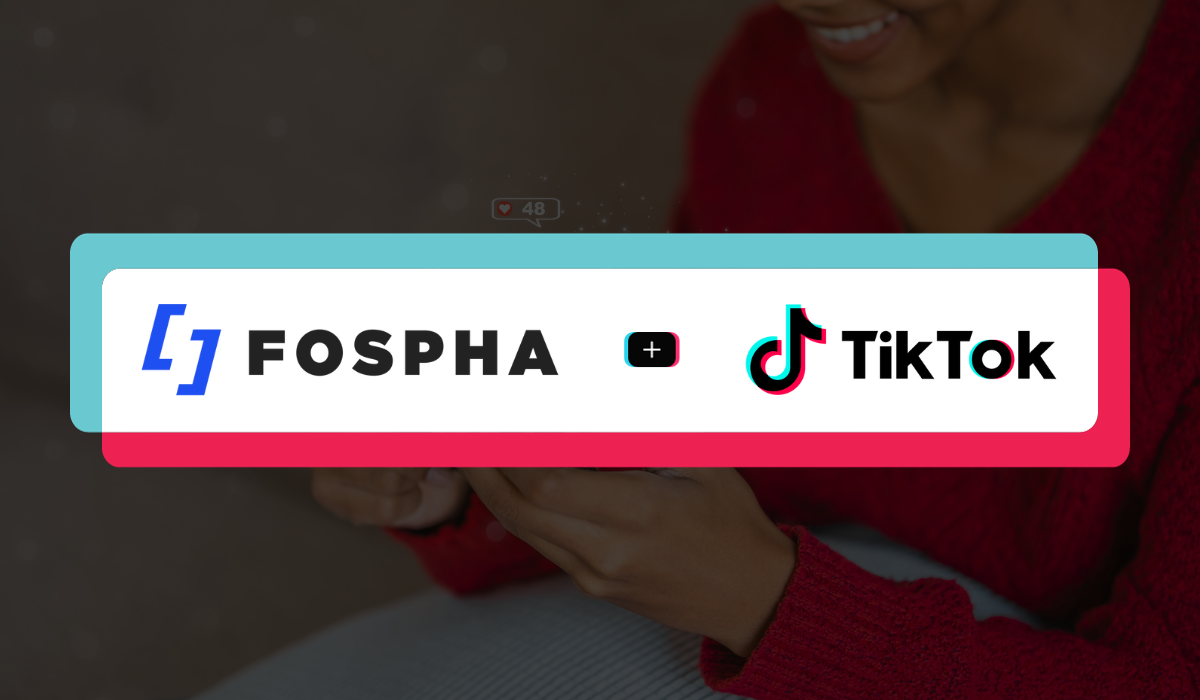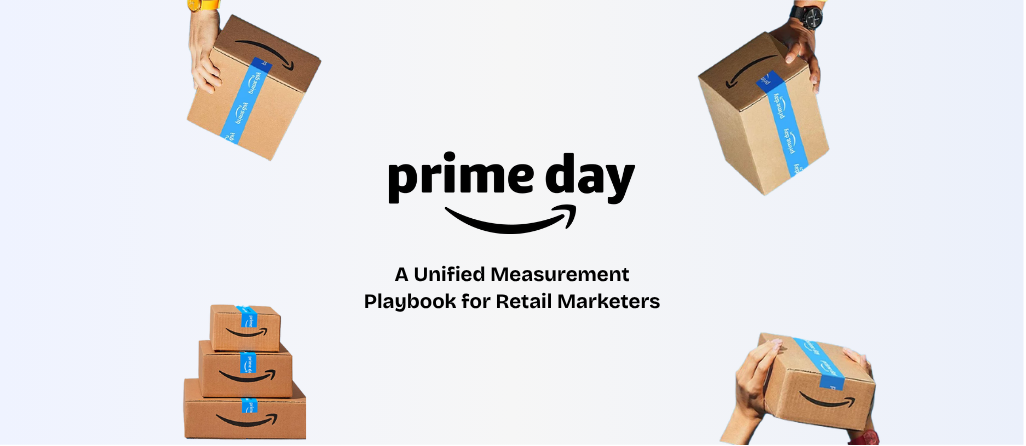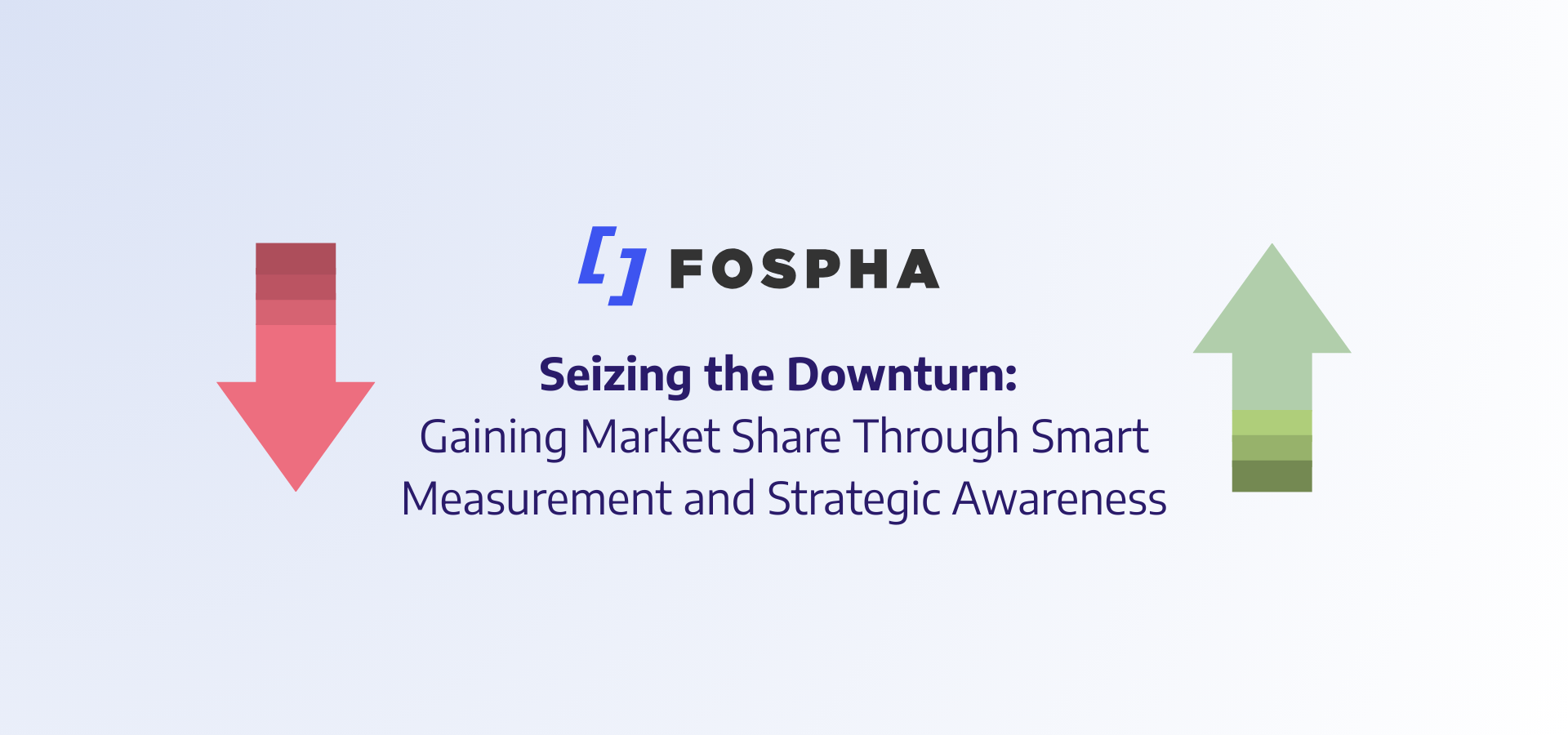It’s no secret that measurement is one of the biggest challenges eCommerce brands face – particularly as they look to scale new acquisition channels like TikTok. Measurement provider Fospha and TikTok have recently announced a partnership to help brands combat this problem.
Why is measurement hard?
The last five years have seen a sea change in digital advertising, with advertisers dealing with a much more complex landscape than they ever have before. One area greatly affected by this transformation is measurement. Measurement used to be a peripheral concern for most marketers, but has now become a central factor in performance discussions, often reaching the executive team and board level.
Something we have seen time and time again in the market over the last few years is that marketing and business leaders who do not understand measurement struggle to meet their goals, particularly in eCommerce.
This transformation is primarily driven by two factors. First, the advertising landscape has become far more complex compared to five years ago. Where once marketers relied on one or two channels for digital revenue, the emergence of new platforms has led to real channel diversification. Additionally, the fragmentation of social media, along with the rise of video entertainment platforms like TikTok, have added complexity to the customer journey, making it challenging to track using traditional pixel- and cookie-based methods that most brands have access to for free.
At the same time, top-down market forces have limited what can be tracked by these cookie-based solutions. Regulatory changes like GDPR, CCPA, and iOS 14.5 prioritize consumer privacy over tech effectiveness, narrowing the scope of what can be tracked and stored with a pixel.
So, what does all of this mean?
These two simultaneous changes have reduced visibility, making it harder for brands to gain insight into the performance of their media mix channels, especially in the early stages of the customer journey when a customer first discovers a brand. This presents a significant challenge for marketing attribution methodologies that aim to account for every sale. Without visibility into higher-funnel activities, attribution models often assume that lower-funnel activities are the sole drivers of success, massively overestimating their effectiveness. This is why other measurement solutions that rely primarily on click or pixel data attribute so much revenue to Brand PPC or Direct.
Why is this problematic?
As Peter Drucker once said, "If you can't measure it, you can't manage it." However, fewer people consider the logical extension of this statement - we primarily manage what we can measure. In this case, that means bottom of funnel advertising. When a click-based attribution software reports an 11X Return on Ad Spend (ROAS) for paid search advertising, it is no surprise that marketers keep signing off increasing budgets to bid on keywords.
The issue here is that bottom-of-funnel ads primarily serve to capture existing demand. To truly expand and grow, marketers need to invest further up the funnel to create new audiences. Neglecting this crucial step can lead to increased budgets at the expense of efficiency and, ultimately, profitability.
This disconnect between Marketing and Finance is a common issue. Marketing teams understand the value of top-of-funnel advertising but often struggle to articulate or prove its worth effectively. Finance teams, which often control budgets, require evidence before investing in media. Even in progressive brands, this misalignment can challenge coordination and, ultimately, affect performance.

What can you do about it?
Use Fospha to measure your paid media spend, including TikTok.
Fospha is the rapid, no-code answer to these problems, with a transformative new approach to measurement that takes you out from being stuck in the bottom of funnel trap, and allows you to confidently scale acquisition in a data-driven, profitable manner. By analysing aggregated data, Fospha’s solution is able to model for clicks and impressions and do so in a way that is fully compliant and future proofed. This is a big bonus for TikTok customers, who use Fospha for two primary purposes:
- To get an apples-to-apples comparison of performance of every channel, campaign and ad group’s CPA or ROAS, regardless of media type. That means they get a CPA for TikTok they can directly compare to their CPA for Paid Shopping or Paid Search
- To understand their ability to scale spend in those channels while maintaining that CPA or ROAS number within their targets
Those things together allow brands to scale quickly and effectively without sacrificing profitability. As Connor Martin, CEO of The Essence Vault, a customer of Fospha and TikTok, said:
“Using Fospha we have driven 20% revenue growth in 4 months while actually improving ROAS. Normally we have to sacrifice ROAS in order to drive this type of growth so quickly. Fospha let us find the opportunities we were missing with our old approach to measurement, so the increased investment was all upside. For brands like us focused on driving fast, profitable growth, you need to be speaking to the guys at Fospha.”
How do I take advantage of the partnership?
For brands using TikTok but not yet using Fospha, this represents a great opportunity to upgrade your measurement. Please contact your TikTok rep for information on the incentives available to help you move away from pixel-based measurement.
For brands using Fospha but not currently running ads on TikTok, now is a good time try (or re-try) the platform. Reach out to your Fospha rep about how you can get started with TikTok ads.


